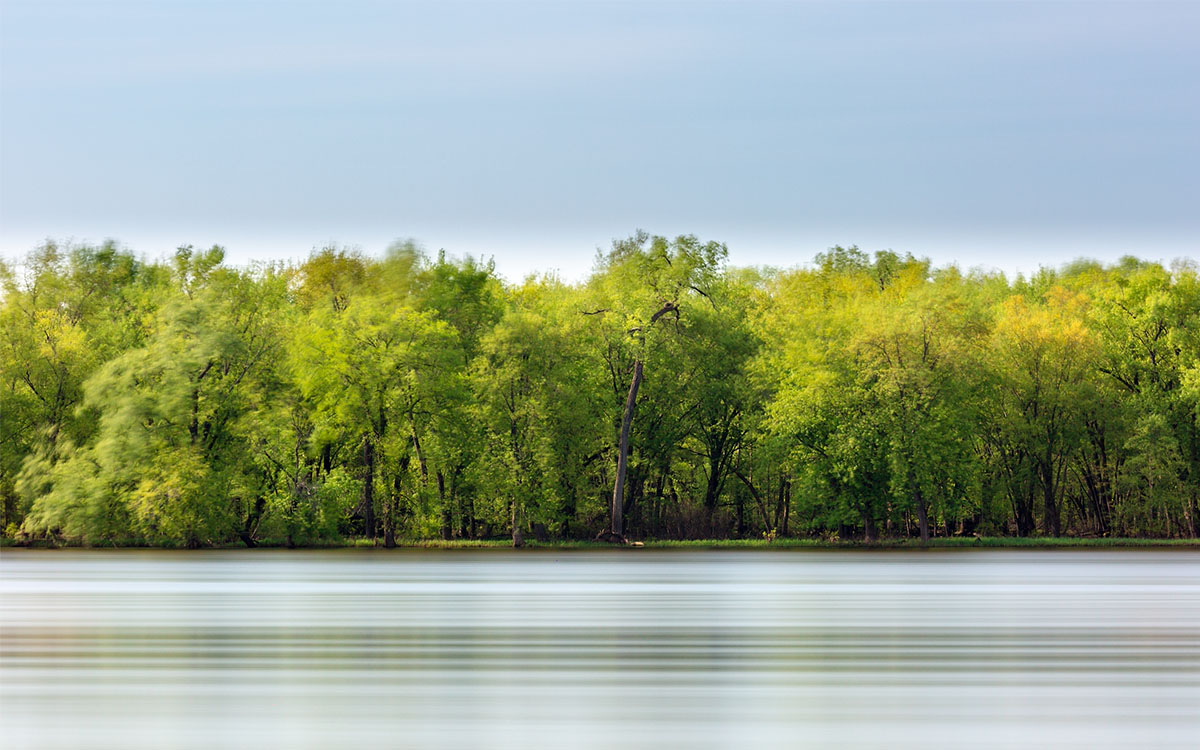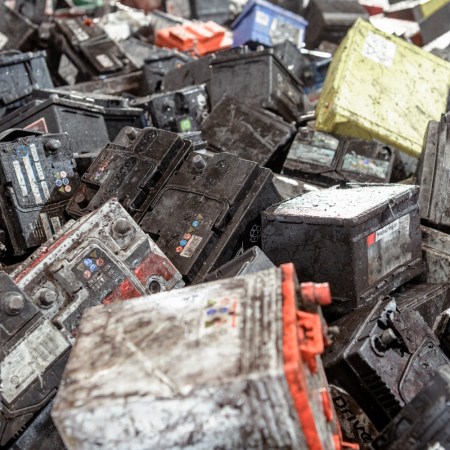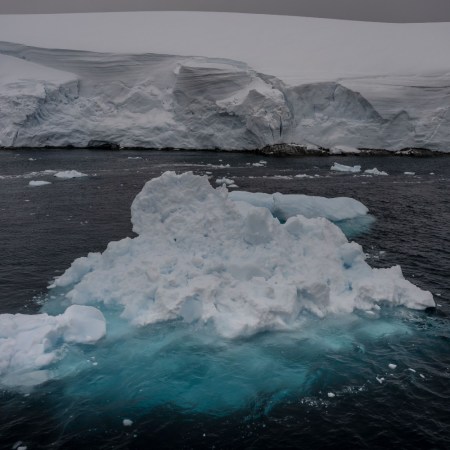Late last year, southwest Wisconsin took 20 inches of rain in 15 days. It was more than the area often gets in six months, and it led to some disastrous flooding. Homes were destroyed by six-foot river swells, lakeside developments (in lands that use to soak up floodwaters, no less), did their ill-prepared best to stop the onslaught, and crucial state institutions, like the University of Wisconsin-Madison, took on heaps of water. In a cruelly ironic twist, UW’s lab that studies lakes was flooded.
This year, meanwhile, America’s Dairyland has experienced heat waves usually reserved for Southern states like Alabama and South Carolina. It’s a common news alert at this point — states dealing with life-changing natural disasters — but Wisconsin is the first in the Midwest to decide it’s had enough. Governor Tony Evers signed an executive order into law last Friday that mandates the state go carbon-free by 2050. It joins California, Hawaii, New York and Washington (while Minnesota seems close) on the list of states looking to achieve that goal, and of those four, is the only state President Donal Trump won in the 2016 election.
Evers, a Democrat, assumed office this past January with a clear intention to affect climate policy. After the Republican-led state legislature tried to trim the budget, and box out a potential clean energy office, Evers decided to issue the executive order. Order #38 establishes an Office of Sustainability and Clean Energy in Wisconsin, which will set new energy efficient standards for state agencies, encourage the growth of jobs in wind and solar, and training business and communities across the state to encourage energy saving.
This sort of plan will do wonders for the economy in Wisconsin. Energy efficiency is inevitable; decades from now it will be an abject necessity, so getting ahead of the curve is both a good look for … survival, and a great way to become a leader in the industry. States that double down on crippling fossil fuels (like, say, Ohio, which just bailed out two nuclear plants and two coal plants), instead of exploring innovations in wind, sun, geothermal, wood pellets and biomass, are simply going to be left behind.
As for what carbon free will actually look like? You might not have to wait until 2020 to see it in action. Copenhagen is nearly there, and thinks it can do it (or at least be 95 percent carbon free) as early as 2025. It’s tempting to view that city as a fairyland of windmills and cycling lanes, an un-replicable bubble that doesn’t have relevance to the States. But the city is substantial, with a population of almost 800k people; it’s managed to build out renewable sources that will see an average Danish couple save $600 on energy fees every year, and has increased its economic growth by 25% in the last 20 years.
Bottom line: this is doable, no matter where you live, and congrats to Wisconsin for getting on the train early.
Editor’s Note: RealClearLife, a news and lifestyle publisher, is now a part of InsideHook. Together, we’ll be covering current events, pop culture, sports, travel, health and the world. Subscribe here for our free daily newsletter.
Thanks for reading InsideHook. Sign up for our daily newsletter and be in the know.



















